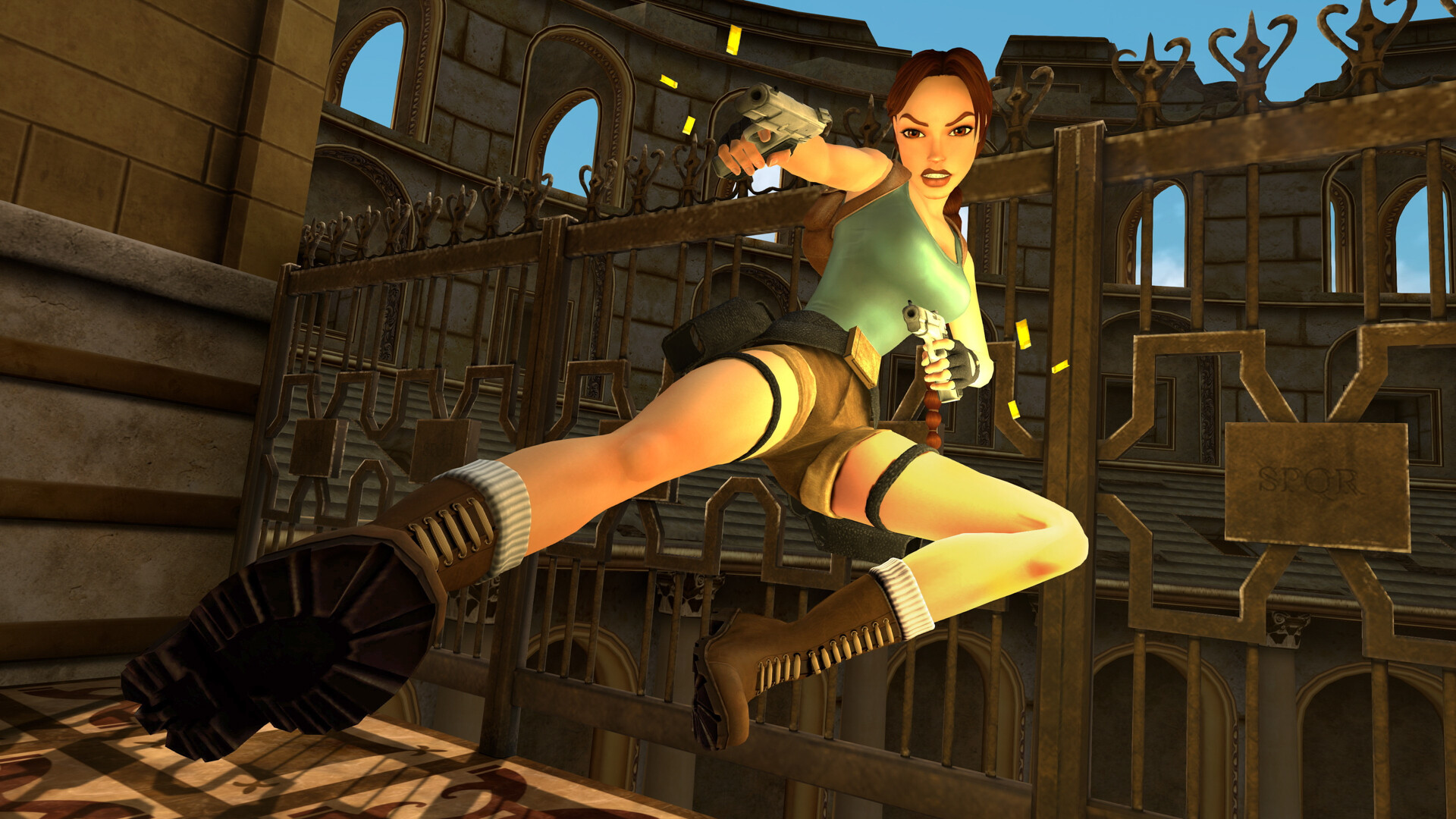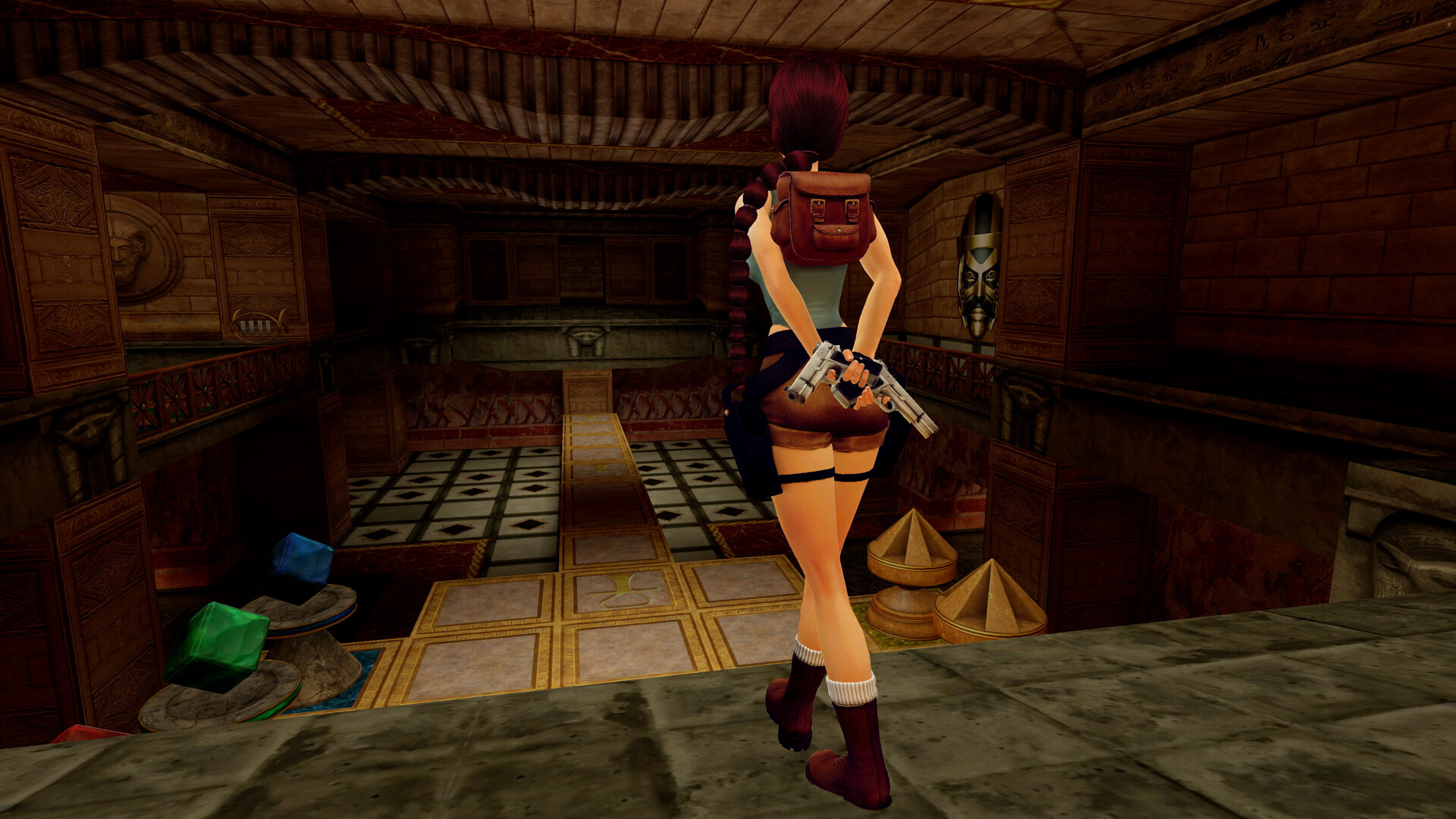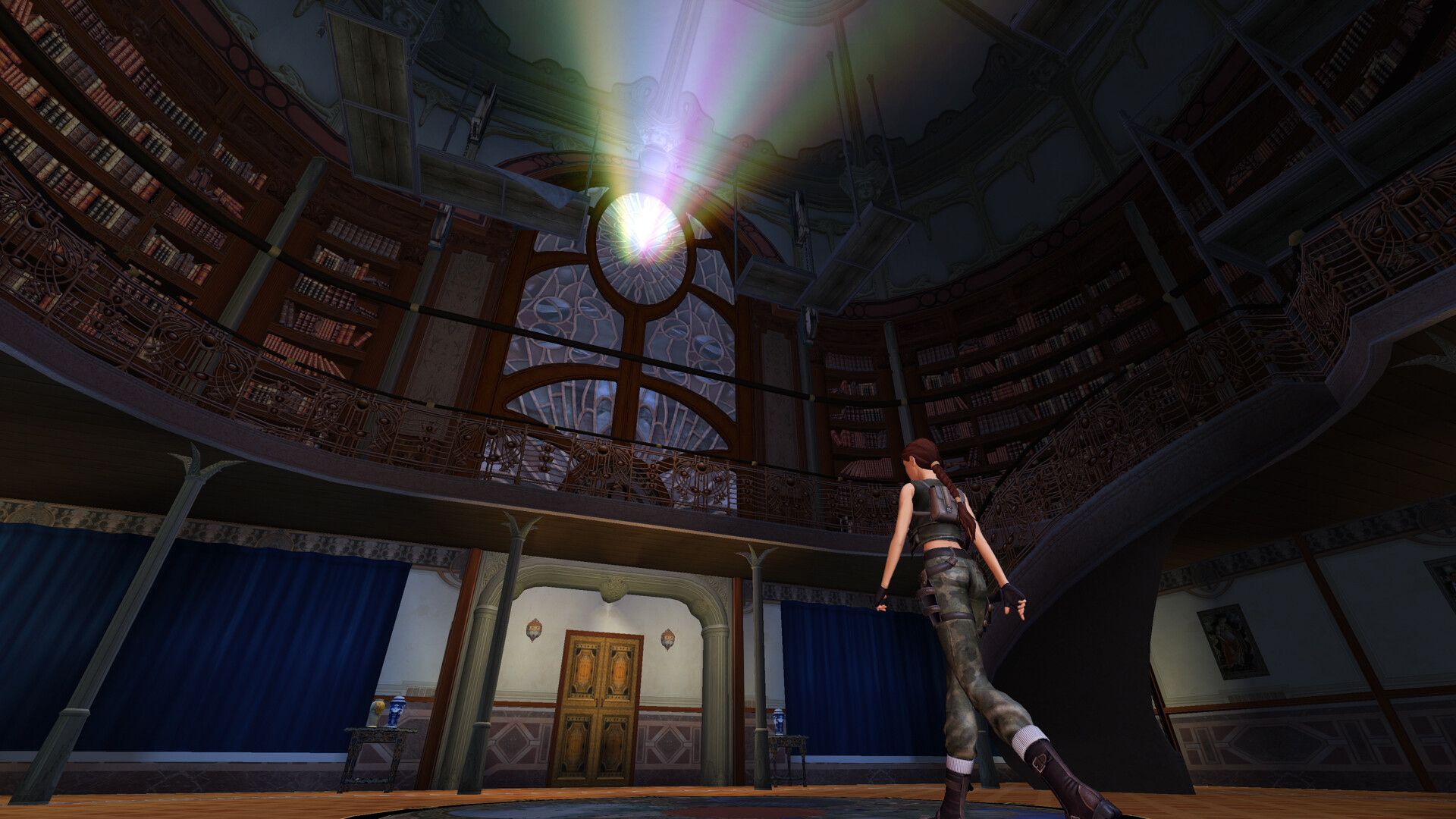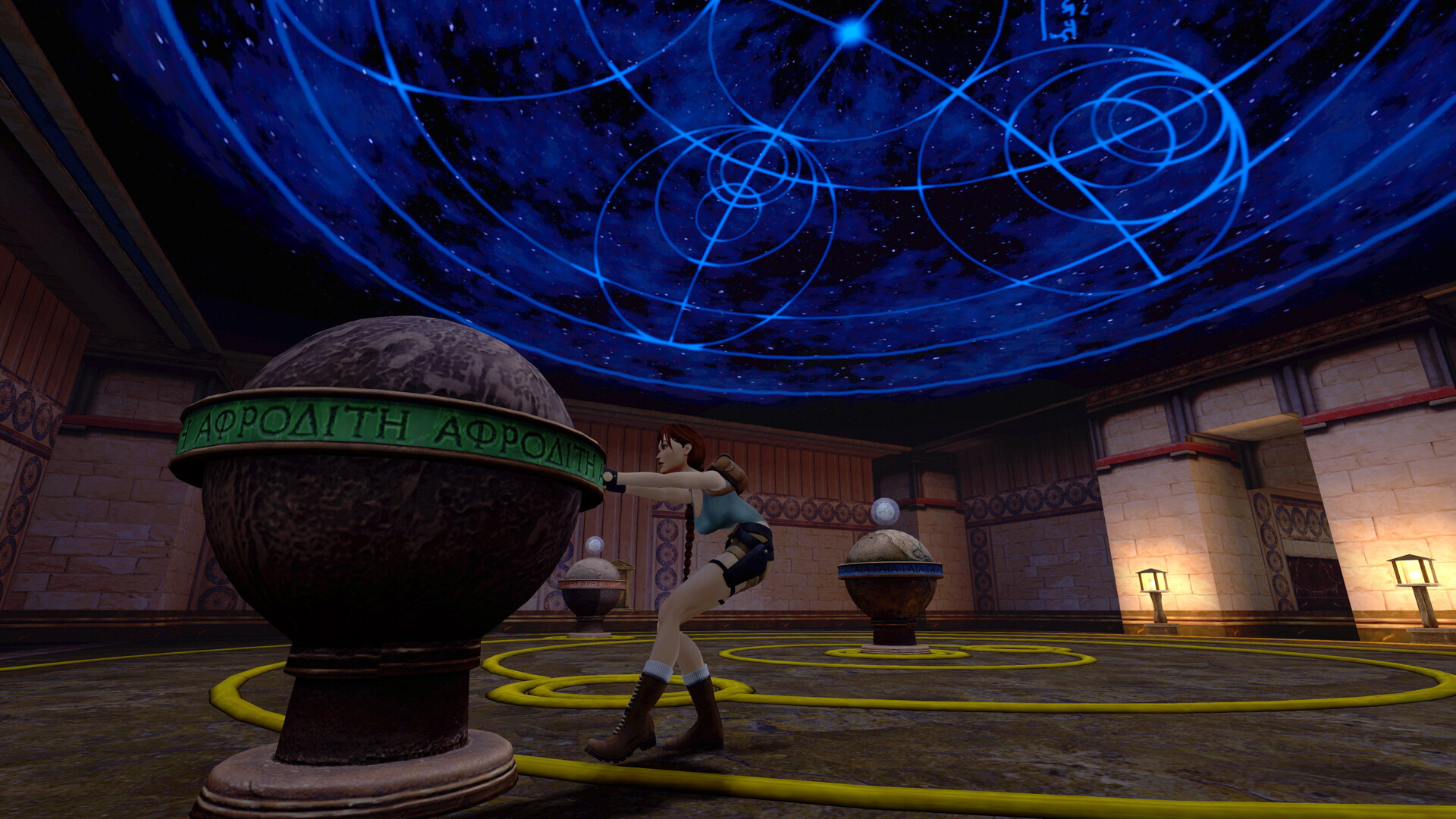Nostalgia is a powerful force, especially in gaming. For many, the iconic adventures of Lara Croft are etched into their memories, filled with challenging puzzles, exotic locales, and that unmistakable PS1-era charm. Aspyr, fresh off their successful Tomb Raider I-III Remastered, has returned with a new package, Tomb Raider IV-VI Remastered, promising to breathe new life into The Last Revelation, Chronicles, and The Angel of Darkness. And on a technical level, they’ve largely succeeded. But whether that success translates into a truly enjoyable experience in 2025 is a far more complicated question.

A true visual remaster
Aspyr’s dedication to visual fidelity is immediately apparent. The remaster is a stunning upgrade, transforming the blocky, low-resolution textures of the original games into something genuinely beautiful. The environments, already rich in detail thanks to the original art direction, now burst with vibrant color and sharper textures. Character models are significantly improved, giving Lara Croft and her adversaries a much-needed facelift. The lighting is also drastically improved, creating a more atmospheric and immersive experience. The ability to switch between the original and remastered visuals with a single button press remains a welcome feature, allowing you to appreciate the sheer amount of work that has gone into this project and truly highlighting the impressive transformation. Aspyr clearly understands how to handle classic games with care, preserving the original aesthetic while simultaneously bringing them up to modern standards.

Game design which feels ancient at times
However, the Achilles heel of this collection lies in the game design itself. While Aspyr has made some minor tweaks to the controls and camera, the core gameplay remains largely untouched. This means navigating Lara through the environments still feels clunky and often frustrating. The tank controls, while familiar to veterans, feel archaic in a world accustomed to fluid analog movement. The platforming, once celebrated for its precision, now feels unforgiving and borderline unfair, leading to many accidental deaths and moments of pure rage. Combat, too, suffers from the same limitations, feeling stiff and unresponsive.
The inherent issue is that gameplay that was considered cutting-edge in the late 90s and early 2000s simply doesn’t hold up as well in 2025. While nostalgia can mask some of these flaws, they become increasingly apparent the longer you play. The puzzles, a cornerstone of the Tomb Raider franchise, remain complex and engaging, but even they are sometimes hampered by the awkward controls and limited camera angles. The difficulty curve, which was already steep in the original releases, feels even more punishing in today’s gaming landscape.

Two out of three games weren’t good to start with
Beyond the controls, the quality of the games themselves further complicates the equation. While Tomb Raider IV: The Last Revelation is generally considered a strong entry with a compelling storyline and intricate level design, the two subsequent games, Chronicles and The Angel of Darkness, are far less beloved. Chronicles, a collection of loosely connected short stories, feels disjointed and lacks a cohesive narrative. And then there’s The Angel of Darkness. Plagued by development issues, this title was notoriously buggy and unfinished, offering a frustrating and often incomprehensible experience. While Aspyr has attempted to smooth out some of the rough edges, the core problems remain. Playing through these games, even in a remastered form, highlights their inherent flaws and makes the entire package feel uneven.
Made for the fans, newcomers beware
The value proposition is definitely a strong selling point. Getting three full Tomb Raider games in a single package is a significant offering, and the quality of the remaster work certainly justifies the price. However, the appeal of that value depends entirely on your pre-existing attachment to the franchise. For long-time fans, this collection is a dream come true, offering a chance to revisit these classic adventures in a visually stunning and slightly improved form. The quality-of-life improvements, even subtle, make the experience more enjoyable without sacrificing the core essence of the games.
However, for newcomers, the Tomb Raider IV-VI Remastered collection is a much harder sell. The dated gameplay and uneven quality of the included titles make it difficult to recommend to those unfamiliar with the franchise. Modern gamers may find the controls and overall design too clunky and frustrating to overcome, even with the visual upgrades.

Conclusion
In conclusion, Tomb Raider IV-VI Remastered is a meticulously crafted remaster that successfully brings these classic games into the modern era, visually at least. Aspyr has done a commendable job of preserving the spirit of the original titles while enhancing their presentation. However, the core gameplay, largely unchanged, feels archaic and often frustrating in 2025. Ultimately, this collection is best suited for existing fans of the Tomb Raider franchise who are eager to revisit these adventures with a fresh coat of paint. It’s a trip down memory lane, but be warned, the path can be a little bumpy. For those new to the world of Lara Croft, a more modern entry in the series might be a better starting point. While the archaeology is great, the gameplay itself feels like it belongs in a museum.

Leave a Reply